€7.14
/ per pack
Choose seeds per pack:
Botanical Name: Musa itinerans ‘Burmese Blue’
Common Name: Burmese Blue Banana, Blue Stem Banana, Itinerant Banana
Family: Musaceae
Musa itinerans ‘Burmese Blue’ is a striking ornamental banana cultivar distinguished by its dramatic bluish to steel-blue pseudostems and vigorous growth habit. Native to Southeast Asia, Musa itinerans is known for its spreading nature, producing runners that allow colonies to expand over time. This cultivar typically reaches 4 to 6 meters in height, forming tall, elegant clumps with large, arching green leaves that may show a subtle bluish sheen on the undersides.
While primarily grown for its ornamental value, it can produce elongated banana bunches with seedy fruit under favorable tropical conditions. The plant thrives in full sun to partial shade, rich and well-drained soil, and warm, humid climates. Compared to many ornamental bananas, it shows slightly improved tolerance to cooler conditions but remains frost-sensitive. With its bold coloration, tropical form, and fast growth, Musa itinerans ‘Burmese Blue’ is an excellent choice for collectors, botanical gardens, and dramatic tropical landscape designs.
| Weight | N/A |
|---|
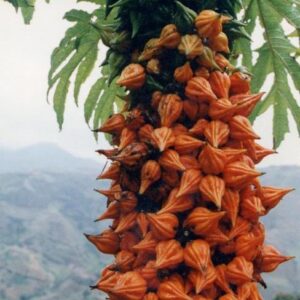
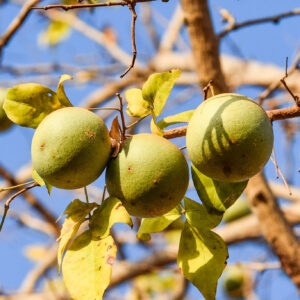
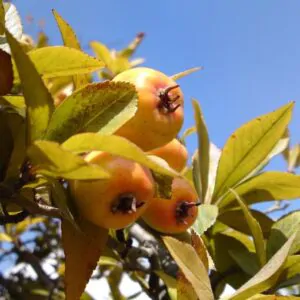
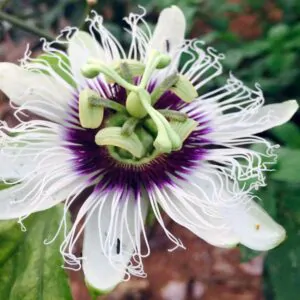
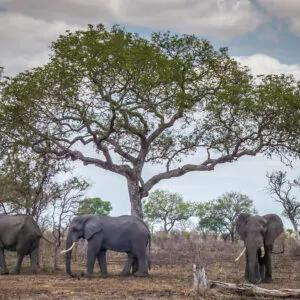
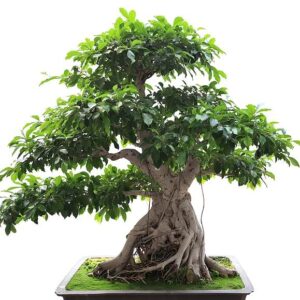
Copyright © 2025 Quinta do Ouriques
| Cookie | Duration | Description |
|---|---|---|
| cookielawinfo-checkbox-analytics | 11 months | This cookie is set by GDPR Cookie Consent plugin. The cookie is used to store the user consent for the cookies in the category "Analytics". |
| cookielawinfo-checkbox-functional | 11 months | The cookie is set by GDPR cookie consent to record the user consent for the cookies in the category "Functional". |
| cookielawinfo-checkbox-necessary | 11 months | This cookie is set by GDPR Cookie Consent plugin. The cookies is used to store the user consent for the cookies in the category "Necessary". |
| cookielawinfo-checkbox-others | 11 months | This cookie is set by GDPR Cookie Consent plugin. The cookie is used to store the user consent for the cookies in the category "Other. |
| cookielawinfo-checkbox-performance | 11 months | This cookie is set by GDPR Cookie Consent plugin. The cookie is used to store the user consent for the cookies in the category "Performance". |
| viewed_cookie_policy | 11 months | The cookie is set by the GDPR Cookie Consent plugin and is used to store whether or not user has consented to the use of cookies. It does not store any personal data. |